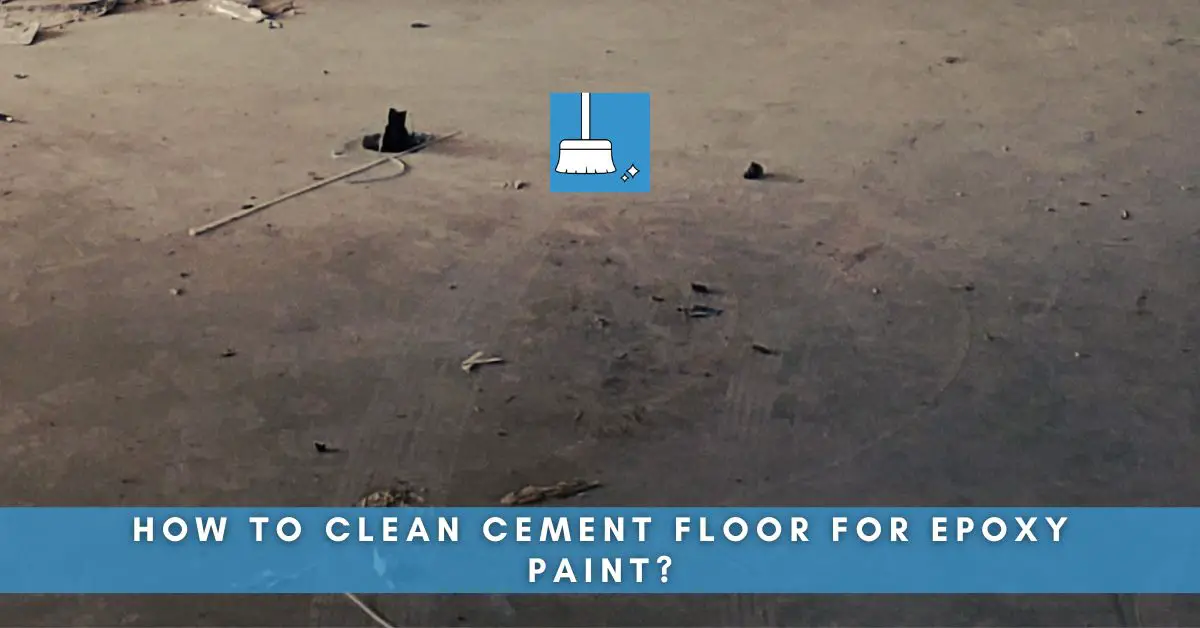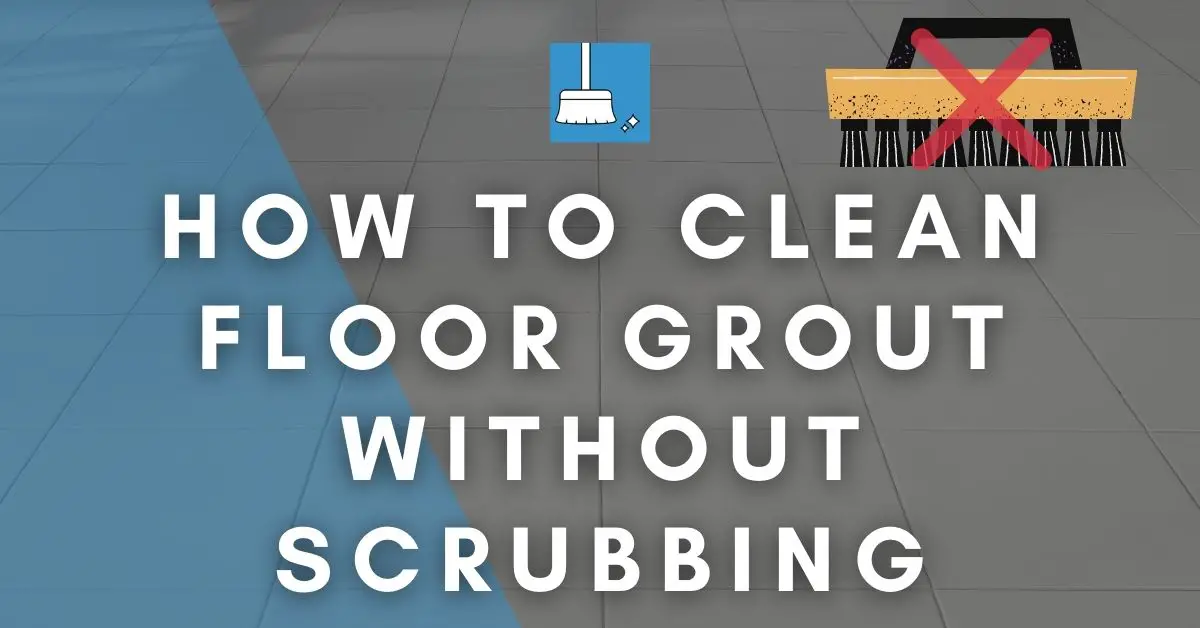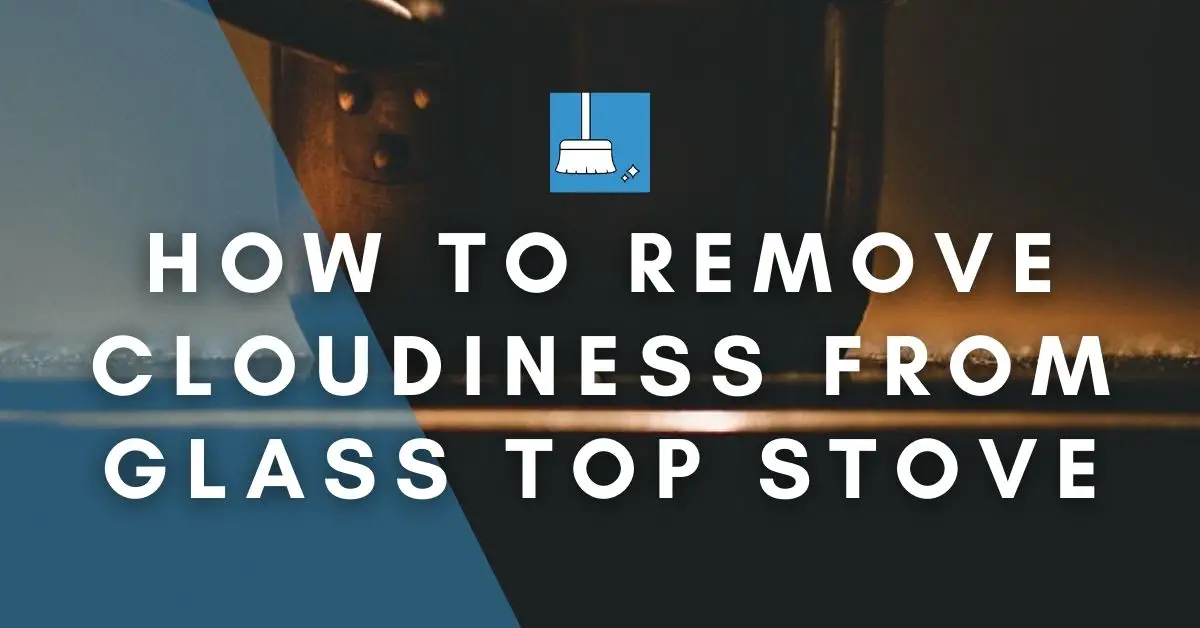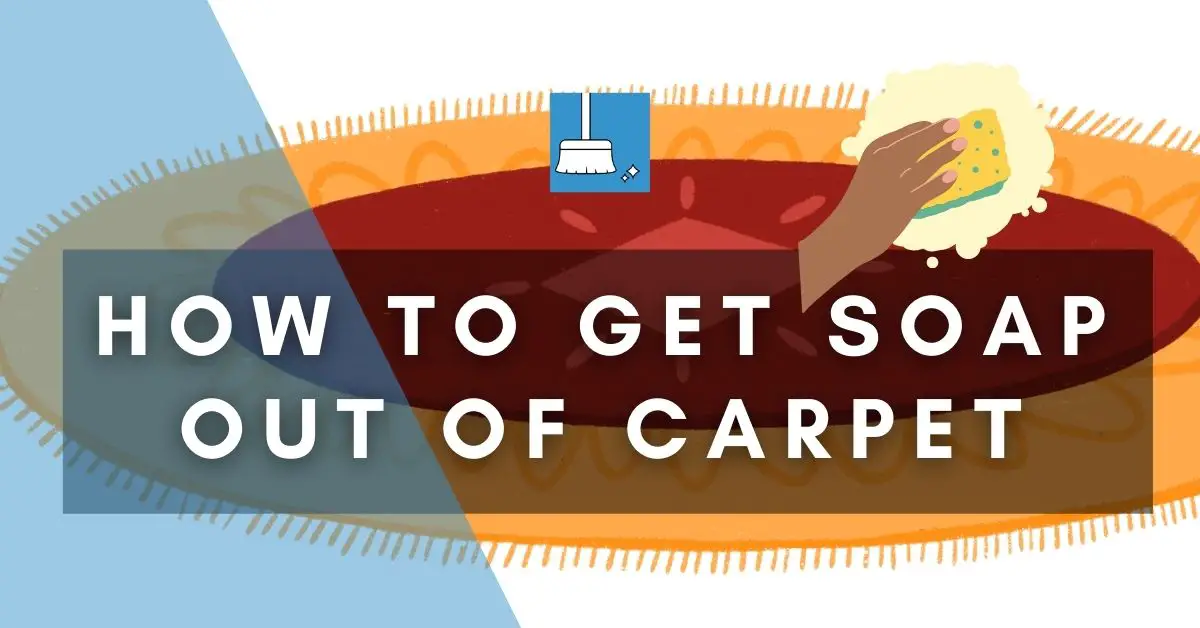For epoxy paint to adhere to a cement floor well and last long, the floor has to be prepared well. In this article, we will be discussing the step-by-step process of preparing your cement or concrete floor for epoxy paint.
How to Clean Cement Floor for Epoxy Paint?
We’ll straightaway get into the exact steps that need to be followed to prepare the cement floor for epoxy paint. Some steps may have alternate ways of going about them, so you may choose from the different methods under that particular step, as per your convenience.
STEP 1- Remove Dust from the Cement Floor
For the epoxy paint to adhere to the floor effectively, the floor has to be free of all dust and debris. Use a broom/long-handle brush to sweep and gather the dust for disposal or use a vacuum that is compatible with concrete floors.
STEP 2- Remove Mud, Grease, or Any Sticky Material from the Cement Surface
If your cement floor has any form of grease before the epoxy paint, the paint won’t last long and would eventually fail.
To get this type of gunk out of your cement floor, you need a putty knife and a degreaser. Use the putty knife to scrape off large bits of mud or sticky items from the floor and dispose of them.
Then use a degreaser of your choice to complete the job. You can use natural decreases like vinegar and ammonia, or use a commercial degreaser (available in hardware stores or online). Here are both to alternatives!
#Method 1: Use Vinegar
You’ll Need
1- Vinegar
2- Water
3- Bowl
4- Bucket
5- Brush
6- Dish soap
7- Wet vacuum
8- Squeegee
Steps
STEP 1- Mix equal parts vinegar and water in a bucket, and throw in a few drops of dish soap. Use a wooden spoon or spatula to mix this solution thoroughly.
STEP 2- Use a bowl to pour this solution on the whole of your cement floor. The solution needs to saturate the floor, so if necessary, mix more.
You may be wondering why you can't just clean the areas affected with grease only. The reason is you can't be sure you got them all. You may miss a spot and that will affect your epoxy coating. So it is important wet the whole floor.
STEP 3- When you are done, wait for about 5 minutes. This will give the solution time to eat into the grease or whatever dirt may have accumulated on the floor and the surfactants in the soap will help dissolve grease and other fats.
STEP 4- Use a stiff brush to scrub the floor thoroughly. Rinse the floor and sweep the water away. Or you could just use a wet vacuum to get rid of it. Also, use a squeegee to get rid of moisture so the floor can dry faster.
#Method 2: Ammonia
Ammonia is a very powerful degreaser and works faster than vinegar.
STEP 1- Mix 1 cup of ammonia with every gallon of water and use it like you did the vinegar. You don’t need to add dish soap.
STEP 2- Rinse the ammonia thoroughly with water when you are done so it doesn’t leave any residue behind.
For commercial degreasers, the instructions will be on the label.
Note: When rinsing the floor, watch for places that bead up. It means there's still grease there. But if you didn't notice anything like that, the floor is all clean.
STEP 3- Seal the Cracks
The epoxy paint won’t look good on your cement floor if the floor has cracks. So its “Repair time”. If the cracks are less than 1/4 inch wide, then you can use a liquid concrete filler to repair them. Ensure that the floor is dry before doing this.
For Small Cracks
If you haven’t cleaned the cement floor, this is the time to do it.
You’ll Need
1- Brush
2- Vacuum cleaner
3- Concrete filler
4- Caulking gun
5- Putty knife
6- Hammer & Chisel (Optional)
Steps
STEP 1- Use a brush to scrub the cracks to dislodge loose concrete and remove debris. If the crack has been previously sealed, remove the old sealer with a small hammer and chisel.
STEP 2- Use a vacuum or a canister of compressed air to clean the cracks. This will remove all the dust and debris inside that would otherwise prevent the filler from bonding well.
STEP 3- Buy a liquid concrete filler of your choice and a caulking gun. Cut the tip of the concrete filler to the size of the crack and attach it to the caulking gun.
STEP 4- Use the gun to fill the cracks with the concrete filler following the line of the crack. Reapply the filler if the first application didn’t fill the crack completely.
STEP 5- Use a putty knife to smoothen the surface of the crack, leveling it with the surrounding area. If the crack is a bit wide, stuff it with a foam backer rod before filling it with the concrete filler.
For Wide Cracks
If you’re dealing with a crack that is more than 1/4 inch wide, then you need a concrete patching compound or concrete resurfacer. Examples of effective concrete resurfacers you can easily get online are Re-cap and Quikrete.
You’ll Need
1- Pressure washer
2- Concrete resurfacer
3- Water
4- Wet vacuum
5- Trowel
6- Floor scraper
7- Squeegee
Steps
STEP 1- Use a pressure washer to clean out the wide crack dislodging any loose concrete and getting rid of debris that may have settled inside the crack.
STEP 2- Use a wet vacuum to get rid of the water and use a squeegee on the cement floor so it can dry faster.
STEP 3- Mix the concrete resurfacer of your choice according to the instructions of the manufacturer.
Use a trowel to apply the concrete resurfacer to the crack, filling it up. Use the trowel to smoothen out the surface as you fill the crack up. It has to level with the surrounding area.
STEP 4- When the concrete dries, use a floor scraper to smoothen the repaired crack once again. This will remove any high or uneven spots on the floor.
STEP 5- Sweep the debris and dispose of it. Then use a power washer to wash the crack. Vacuum the water and this completes the process.
STEP 4- Roughen up the Floor
The most important preparation of cement floor for epoxy paint is making sure the cement floor has a sandpaper-like finish. You can achieve this in two ways. You can treat the cement floor with acid or use a machine grinder to do it.
#Method 1: Acid Washing
This method is less expensive and easier to accomplish if you have no prior experience.
You’ll Need
1- Muriatic acid
2- Water
3- Pump sprayer
4- Safety goggles
5- Respirator
6- Rubber shoes
7- Rubber gloves
8- Pressure washer
9- Brush
Steps
STEP 1- Muriatic acid is a powerful chemical that needs careful handling, so you need to protect yourself. Wear safety goggles, a respirator, rubber gloves, and rubber shoes.
STEP 2- Open windows and doors. Inhaling acid isn’t good for your health so make sure the area is well-ventilated.
STEP 3- Mix 70% muriatic acid with 30% water in a plastic pump sprayer. Pour the acid into water and not water into acid. The pump sprayer has to have a plastic nozzle too. This is necessary when working with acid.
STEP 4- Spray the acid solution on the cement floor from top to bottom. Do it section by section until you have sprayed the whole floor. You will see the acid reacting with the floor when Yellow patches will start appearing all over the floor.
STEP 5- Allow the acid to sit on the floor for about 5 minutes. Then use a brush with a long handle to scrub the floor, working the acid into the floor. This will aid the etching process and make it faster.
STEP 6- Rinse the floor with a power washer and sweep the water away. If there’s nowhere to sweep the water, use a wet vacuum to get rid of the water. Then use a squeegee to dry it.
The cement floor should appear very coarse; with a sandpaper-like finish. If it’s still smooth and not rough enough, then apply the muriatic acid again. This time, make it a stronger solution.
#Method 2: Machine Grinding
This is expensive but is professional and produces high-quality results. If you don’t have a machine grinder, you can rent one. Buying one will be too expensive. You can also hire a professional to use it if you don’t want to go through the stress.
Machine grinders come in different sizes so choose one that suits your floor. They also work with rotating disks that come in different coarse levels, choose a medium one or one that is appropriate for your floor and can give you the grit that is needed for an epoxy coating.
You’ll Need
1- Machine grinder
2- Dust collector
3- Hand grinder
Steps
STEP 1- Machine grinders can be dangerous if not handled with care. They will also produce dust which can be dangerous if inhaled.
So wear safety glasses, a dust mask, ear protection, and shoes with good grip. Also, ensure you don’t wear loose clothing or jewelry. If you have long hair pack it and secure it.
STEP 2- Connect your machine grinder to a dust collector, to reduce dust while working. Then turn on the grinder. Your machine grinder could be running on propane, gas, or electricity.
STEP 3- Stay behind the machine grinder and push it slowly on the cement/concrete floor. The disk will rotate on the floor as you push, grinding the floor, while the dust collector collects all the debris. Push it forward and backward, and side to side for even grinding.
STEP 4- You can use a hand grinder for the edges, and hard-to-reach places.
Conclusion!
Preparing the cement or concrete floor for epoxy coating is not too much of difficult a task. But if the grease stains or other gunk go unnoticed and stay on the floor, the paint will eventually fail. So make sure to thoroughly inspect the floor even after cleaning.





